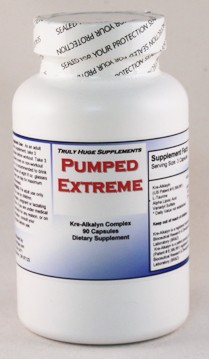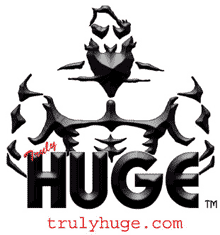
Click Here for Free Bodybuilding and Fitness Magazine Subscription
Creatine Health Risks

Click Here For The Safest Form Of Creatine
Health Risks of Creatine Supplements
Since creatine came onto the market in 1993 there has been continued research done on the potential side effects when using it. The benefits are obvious and can be seen by any user who uses it correctly which is why it is now the most widely used supplement for helping muscle growth in the world.
The risks associated with creatine are actually quite mild. Anecdotally, people will say they have more muscle cramping, maybe more muscle pulls, dehydration, stomach upset, etc. but when creatine is studied in a clinically controlled setting there's very little difference from the groups using creatine versus not as far as the side effects seen. So it's one of our safest supplements we can use.
When you use creatine before your workout it can help you increase that intensity and that power of your workout. If you put creatine after your workout it will actually help you recover quicker from that workout so that your next workout is fresher.
So if your goal is to get bigger and stronger and lift more weight you would want to take creatine before, but if you're a triathlete maybe who's training twice a day, putting creatine after that morning workout can actually help you train better that night.
It should be noted here that just like taking testosterone your own body stops making testosterone and that causes problems. It is similar with creatine because your body does not need to produce its own creatine any longer and starts to shut down its production.
But this can be avoided completely by simply following the advice in the package insert of any good creatine product. It will strongly advise you to go on creatine and then stop completely for about two weeks. The problem starts when you come off your daily dose of creatine.
When you stop taking creatine you will no longer have that easy accessible recovery which replaces the ATP and gives you energy when you are training. But this does not last long as your body starts to remember how to produce its own creatine again.
Creatine Health Risks

